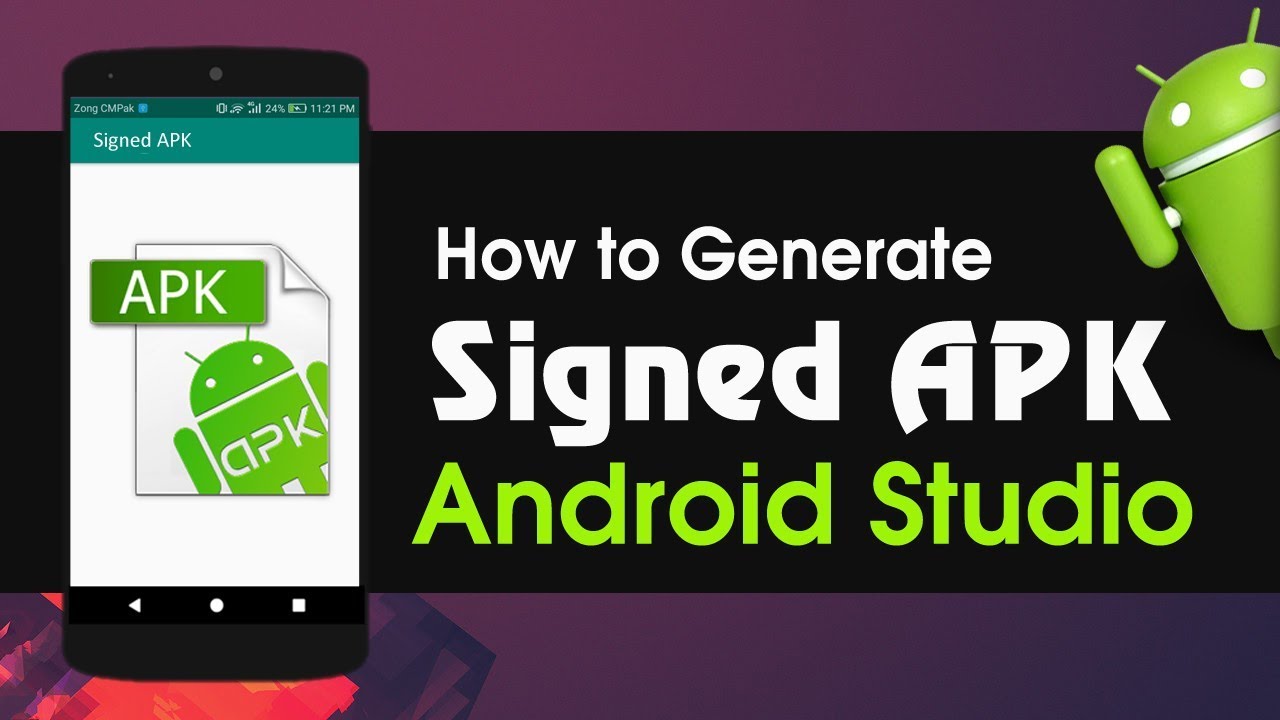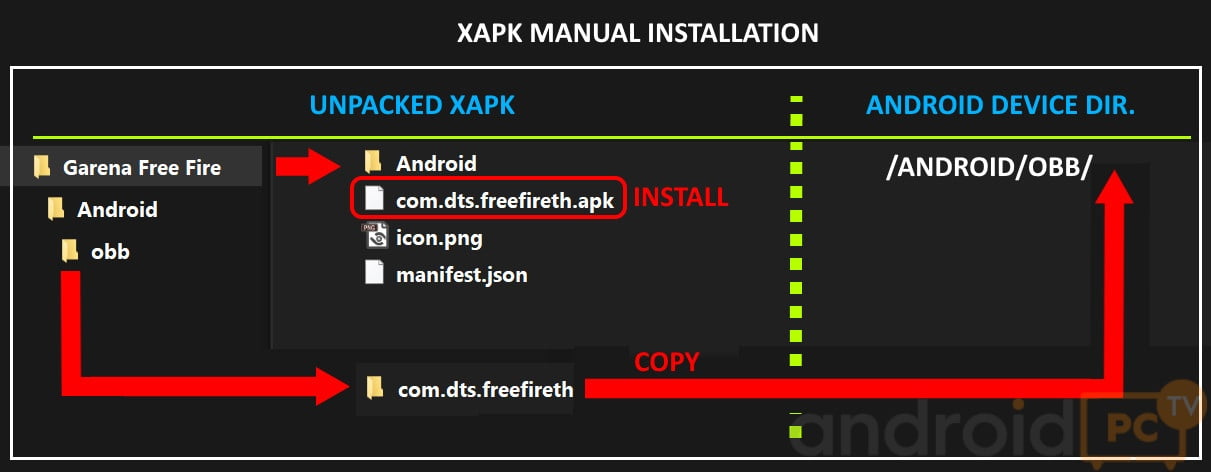

If you don't add your own translations, users can view an automated translation of your app's Google Play store listing page using Google Translate or the default language for your app.įor automated translations, there will be a note explaining that the translation has been done automatically, along with an option to view the app's default language. Users will see the localized graphic assets on Google Play if their language preferences match the languages that you've added. To market your app in different languages more effectively, you can add localized graphic assets to your app's Main store listing page. Go to Translate and localize your app to learn how. You can add translations of your app's information, along with in-language screenshots and other graphic assets. When you upload an app, the default language is English (United States, en-US). Archived: APKs that were once active but are no longer being served to users.Active: APKs currently being served to users.Draft: APKs that have not been served to users yet.Your release can have one of three statuses: Package names can't be deleted or re-used in the future. Package names for app files are unique and permanent, so please name them carefully. Google Play then manages and serves your app's distribution APKs for you. This means you only need to build, sign, and upload a single app bundle to support optimized APKs for a wide variety of device configurations. Google Play uses Android App Bundles to generate and deliver APKs that are optimized for each device configuration, providing users with more efficient apps. For the next steps, go to Set up your app on the app dashboard. To start setting up your app, select Dashboard on the left menu. The final step is launching your app on Google Play, making it available to billions of users. After that, you can move onto app release this guides you through pre-release management, testing, and promotion to build pre-release excitement and awareness. You’ll start by providing details about your app’s content, and entering information for your Google Play store listing. Your app’s dashboard will guide you through all the most important steps to get your app available on Google Play. Accept the Play App Signing Terms of Service.Īfter you create your app, you can start setting it up.Acknowledge the “Developer Program Policies” and “US export laws” declarations.Add an email address that Play Store users can use to contact you about this application.

Specify whether your application is free or paid.Specify whether your application is an app or a game.Select a default language and add the name of your app as you want it to appear on Google Play.

After you've created your Google Play developer account, you can create apps and set them up using Play Console.


 0 kommentar(er)
0 kommentar(er)
